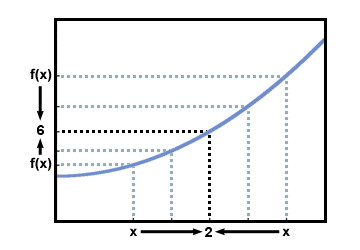Please wait while we process your payment
If you don't see it, please check your spam folder. Sometimes it can end up there.
If you don't see it, please check your spam folder. Sometimes it can end up there.
Please wait while we process your payment

By signing up you agree to our terms and privacy policy.
Don’t have an account? Subscribe now
Create Your Account
Sign up for your FREE 7-day trial
By signing up you agree to our terms and privacy policy.
Already have an account? Log in
Your Email
Choose Your Plan
Individual
Group Discount
Save over 50% with a SparkNotes PLUS Annual Plan!
 payment page
payment page
Purchasing SparkNotes PLUS for a group?
Get Annual Plans at a discount when you buy 2 or more!
Price
$24.99 $18.74 /subscription + tax
Subtotal $37.48 + tax
Save 25% on 2-49 accounts
Save 30% on 50-99 accounts
Want 100 or more? Contact us for a customized plan.
 payment page
payment page
Your Plan
Payment Details
Payment Summary
SparkNotes Plus
You'll be billed after your free trial ends.
7-Day Free Trial
Not Applicable
Renews May 18, 2025 May 11, 2025
Discounts (applied to next billing)
DUE NOW
US $0.00
SNPLUSROCKS20 | 20% Discount
This is not a valid promo code.
Discount Code (one code per order)
SparkNotes PLUS Annual Plan - Group Discount
Qty: 00
SparkNotes Plus subscription is $4.99/month or $24.99/year as selected above. The free trial period is the first 7 days of your subscription. TO CANCEL YOUR SUBSCRIPTION AND AVOID BEING CHARGED, YOU MUST CANCEL BEFORE THE END OF THE FREE TRIAL PERIOD. You may cancel your subscription on your Subscription and Billing page or contact Customer Support at custserv@bn.com. Your subscription will continue automatically once the free trial period is over. Free trial is available to new customers only.
Choose Your Plan
This site is protected by reCAPTCHA and the Google Privacy Policy and Terms of Service apply.
For the next 7 days, you'll have access to awesome PLUS stuff like AP English test prep, No Fear Shakespeare translations and audio, a note-taking tool, personalized dashboard, & much more!
You’ve successfully purchased a group discount. Your group members can use the joining link below to redeem their group membership. You'll also receive an email with the link.
Members will be prompted to log in or create an account to redeem their group membership.
Thanks for creating a SparkNotes account! Continue to start your free trial.
We're sorry, we could not create your account. SparkNotes PLUS is not available in your country. See what countries we’re in.
There was an error creating your account. Please check your payment details and try again.
Please wait while we process your payment

Your PLUS subscription has expired
Please wait while we process your payment
Please wait while we process your payment

Limits
Intuitively, the limit of f (x) as x approaches c is the value that f (x) approaches as x approaches c. For example, the limit of f (x) = x2 + 2 as x approaches 2 is 6:

As x gets closer and closer to 2, f (x) gets closer and closer to 6. In mathematical notation, we can represent this as
 f (x) = 6 or f (x) = 6 or   x2+2 x2+2 = 6 = 6 |
Note that we've only been talking about what happens to f (x) as xapproachesc, and not about what happens when xequalsc. The truth is that when we're looking for limits, we don't care what happens to f (x) when x actually equals c -- we're only concerned with its behavior as x gets closer and closer to c. Consider the following piecewise-defined function:
f (x) =   |
Note that this function looks just like the function f (x) = x2 + 2, except that f (2) = 9 instead of 6. What happens when we try to find
 f (x) ? f (x) ? |

We see that the limit is again 6. Once again, this is because the limit doesn't care what happens when x = c! As long as two functions approach the same value as x approaches c, their limits will be the same.
The standard limit that we've been talking about is a two-sided limit. It is considered two-sided because we get the same value for the limit whether we let x approach c "from the left" (i.e. from values of x less than c)
Please wait while we process your payment

